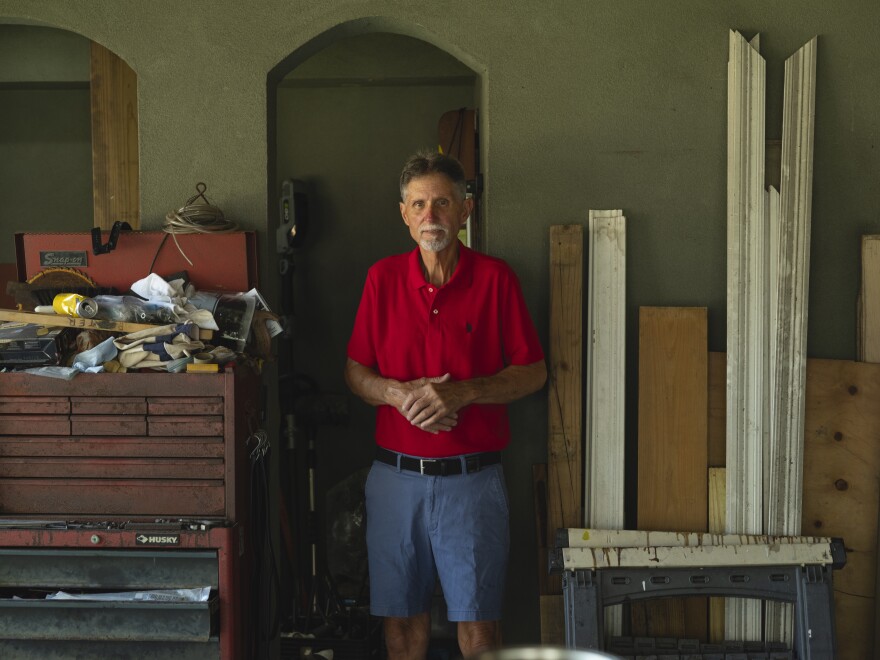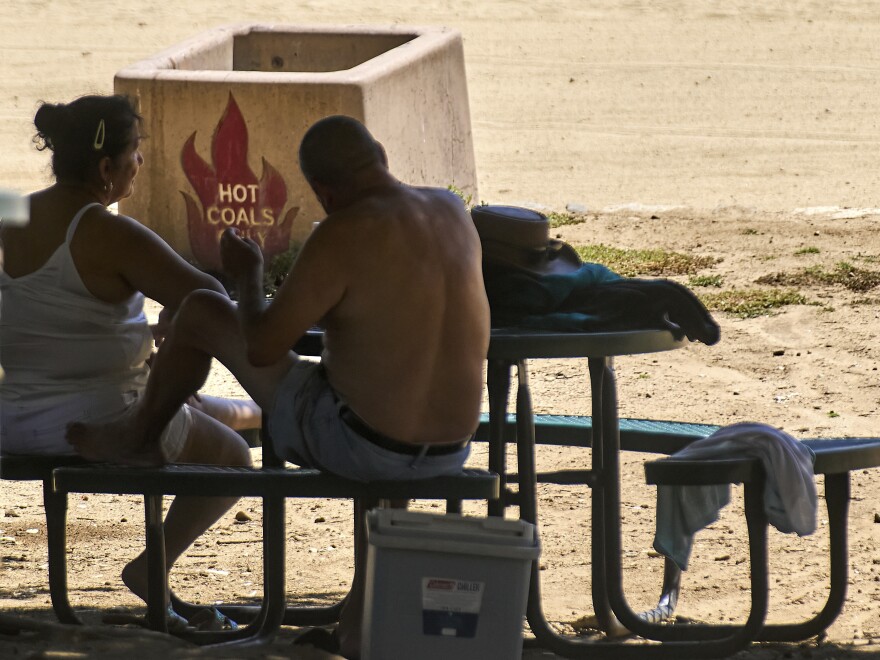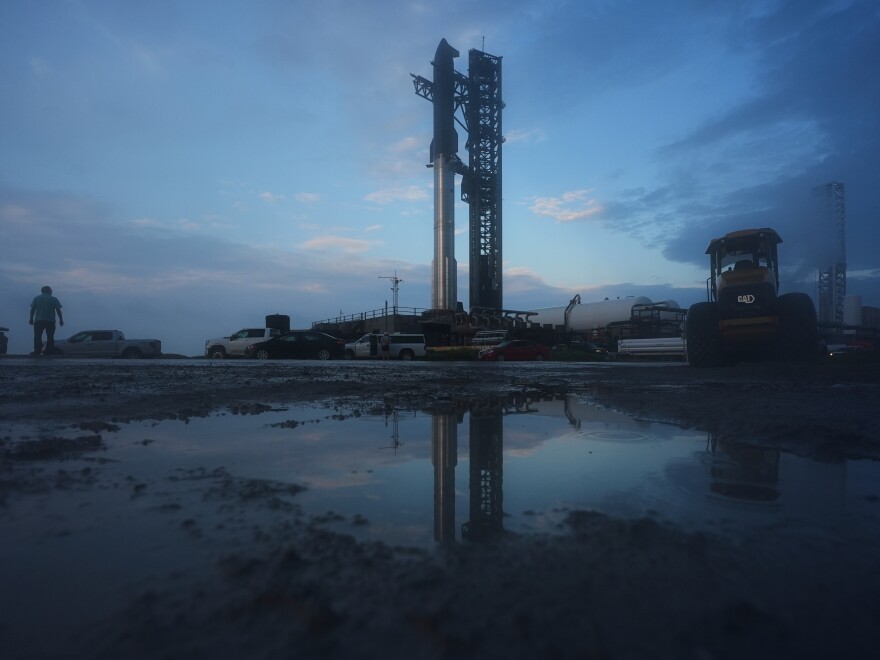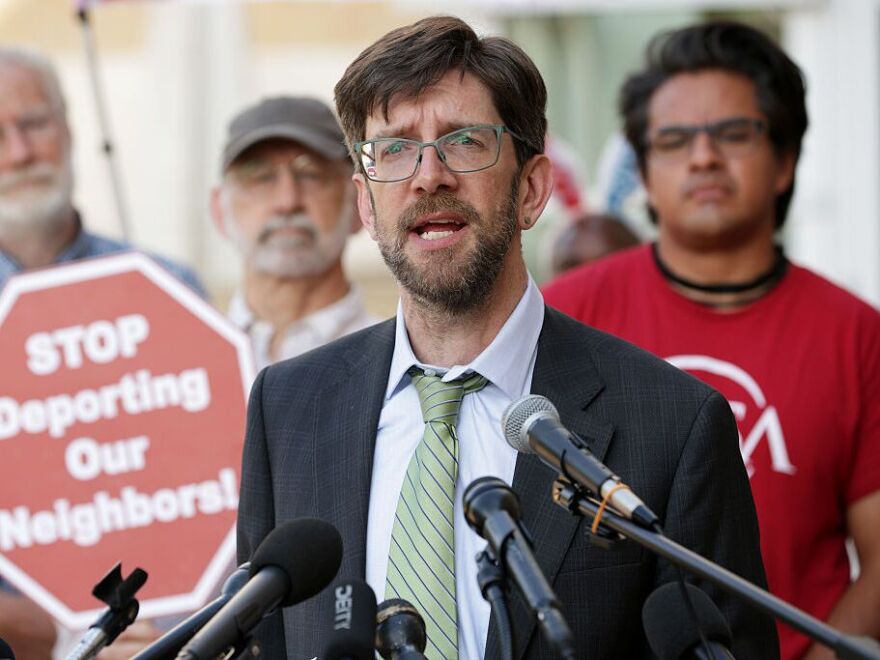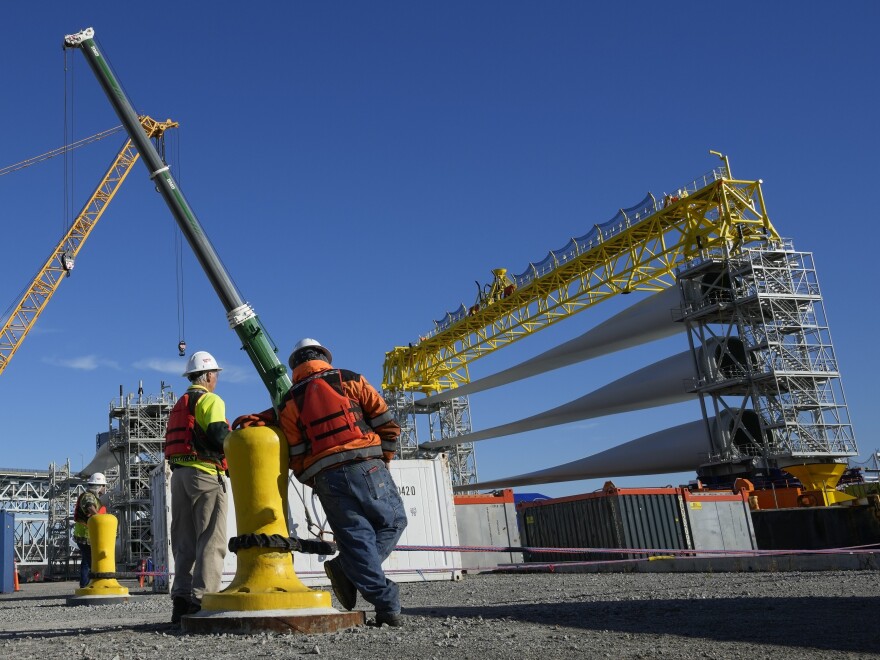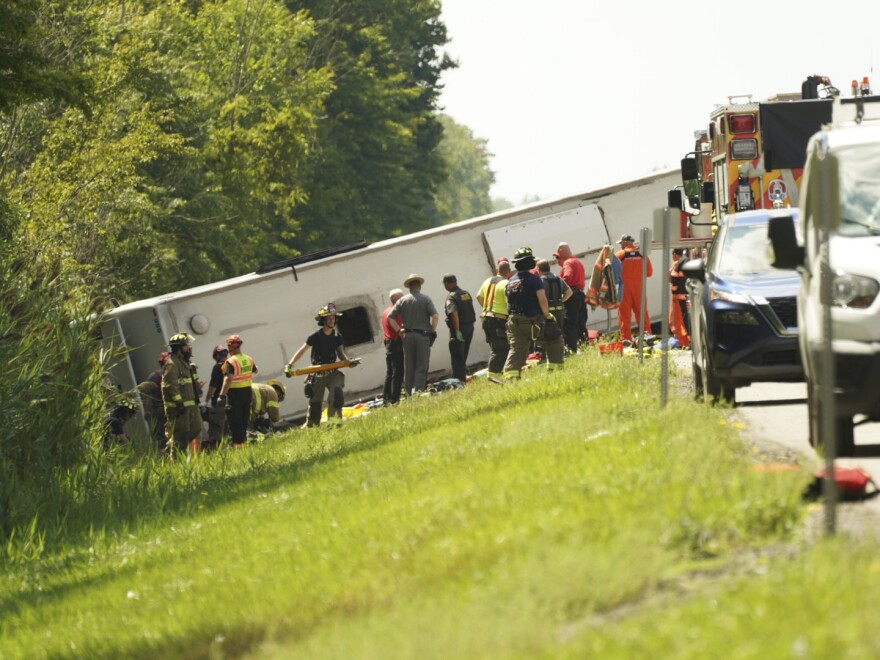Chalmette, Louisiana. Louis Pomes was standing on top of a government building in St. Bernard Parish that looked out over a marsh when Hurricane Katrina hit Louisiana on August 29, 2005.
“All of a sudden it just looked like somebody picked up the earth and started running with it,” Pomes recalls. “It was a surge of water coming, but it was pushing all the debris and the trash in front of it.” He was a heavy equipment supervisor for the parish at the time.
Nearly every building in St. Bernard Parish, which is located immediately east of New Orleans, was inundated by Katrina. The local population is just two-thirds of what it was before Katrina, despite the return of oil and sugar refineries twenty years after the catastrophe. As it continues to recover, this expansive, blue-collar coastal community is growing more hopeful.
The federal government has invested $14.5 billion in a regional flood protection system, which includes new flood prevention measures. However, St. Bernard Parish, which is only a few feet above sea level, will have to deal with a future where climate change intensifies hurricanes and increases flooding.
Deciding whether to return
Kevin Potter was interviewed by NPR for the first time in December 2005 outside of his home in the parish town of Chalmette. It was uninhabitable and flooded with roughly three and a half feet of water. While they waited for a FEMA trailer to arrive so he could return to his home, his family was lodging in an apartment approximately 100 miles away, close to Baton Rouge.
When Potter said, “Hopefully we’ll be back within a couple of weeks and start to remodel the house,” However, he first sought confirmation that two things would take place: the construction of stronger levees around the township and the closure of the Mississippi River-Gulf Outlet (MRGO).
Locally referred to as the “Mr. Go,” the MRGO was a shipping route that provided a direct route from New Orleans to the Gulf of Mexico. It directed storm surge into the parish during Katrina. A 22-mile levee system surrounding St. Bernard Parish was finished in 2018 after the channel was closed in 2009.
Potter, who is now seventy-one, and his spouse return twenty years later, “and we’re still fooling with the house.” We’re about 90% of the way there, you know.” They chose to remodel in addition to making minor repairs. There are still a few things to finish, such the back wall’s brick exterior and the living room’s bare concrete floor.
Potter underestimated the cost of rebuilding. The primary focus was his wife’s childcare business, which generated revenue to assist with home renovations.
“I built the daycare center and I had all the receipts,” he claims. To get an estimate, Potter quadrupled that amount, but “everything was coming back triple.” Because everyone needed supplies and labor at the same time, the cost of these items increased.
Potter now claims that he is confident that they are ready for any hurricanes in the future. Unlike scientists, residents in this politically conservative society do not associate climate change with more powerful storms like Katrina.
If the new levees hold, Potter believes, “I think we’ll be okay, because Katrina was the worst of the worst.”
For some people of St. Bernard Parish, the expense of rebuilding and the possibility of more storms were too much to bear. They never came back. According to census estimates, the population was 71,300 in 2005 before plummeting to 16,563 the following year. Since then, the parish has gradually seen an increase in the number of residents, which reached 44,783 last year.
It’s loading…
“I had three feet of water on my second floor, so I think I estimated 12 to 13 feet of water inside of our house in Saint Bernard,” said Mark Benfatti, one of the people who departed following Katrina.
According to Benfatti, he was the owner of four eateries in the parish that flooded during Katrina. The main reason his family relocated to Mandeville, north of Lake Pontchartrain, was to be near an operating hospital for his aging mother-in-law. After being devastated during the storm, the parish’s sole hospital was eventually condemned.
Benfatti now operates a construction company in Bay St. Louis, Mississippi, an hour’s drive from the parish. He believes his new village will make it easier to survive the next major storm. His current neighborhood is on higher ground, even though the majority of the parish is only a few feet above sea level.
“It will take 22 feet of water to reach my house from where I am right now. That seems like a slightly greater likelihood, in my opinion,” Benfatti says.
Rebuilding the parish and the population
There are now more green spaces where houses once stood when you drive through St. Bernard Parish. Before and after Katrina, satellite photos reveal large areas of neighborhoods where flooded homes were demolished and never rebuilt.
It’s loading…
In 2023, the former supervisor of heavy equipment, Louis Pomes, was elected parish president. He claims that because there were no grocery stores, schools, or medical facilities following the hurricane, many locals departed.
“You couldn’t spend a single dime in Saint Bernard Parish for three months. Nothing was operating, thus there was no means to spend money,” Pomes claims. Then, as reconstruction progressed and new inhabitants moved in, more people came back.
“We had a lot of people from different states that came in to help rebuild, and some of them never left,” Pomes recalls. “We have a lot of new families that moved into Saint Bernard Parish, which were thankful for that.”
According to census projections, there are currently more Black and Latino citizens and less white residents. This is in spite of a parish law that stated that only blood relatives could rent from homeowners.In 2009, NPR covered legal challenges against the ordinance. As part of a 2014 settlement, the statute was repealed after a judge declared that it was unlawful discrimination.
“That cost St. Bernard Parish a lot of money,” Pomes explains. In 2013, the U.S. Department of Justice reached a $2.5 million settlement and the Greater New Orleans Fair Housing Action Center reached a $1.8 million settlement.
Pomes claims that his current goal is to draw new people to the church.
“That will be really awesome if we can get at least another 20,000 more residents in Saint Bernard Parish,” says Pomes. That would return the population of the community to nearly its pre-Katrina level.
Pomes is hopeful since the parish has a new school, a restored hospital, and a strategy to draw in additional enterprises. Belle Landry, 22, is also employed in her family’s company.
Workers just placed seats on tables at Arabi Food Store as it closed in the afternoon. “Like any New Orleans restaurant, we have red beans on Monday,” Landry adds. A little inscription over the front entrance depicts the water level during Katrina, which was approximately seven feet high.
At the time of Katrina, Landry was two years old. She claims that as soon as possible, her family moved back to St. Bernard Parish, where they eventually purchased this store and restaurant. She claims that while discussing potential storms can cause anxiety, advancements like the modernized levee system can allay worries.
“I adore the culture here and feel protected in my neighborhood. According to Landry, “the people definitely have a resilient spirit.”
Twenty years after Hurricane Katrina, the people and leaders of St. Bernard Parish hope that this will finally bring the community back to its full potential.
The parish will commemorate the day on August 29 of this year by holding a mass at Our Lady of Prompt Succor Catholic Church and then reading the names of 164 people who perished in the storm. As in previous years, that will be held at the Katrina Memorial at Shell Beach, Louisiana, a fishing village.
Copyright 2025 NPR
